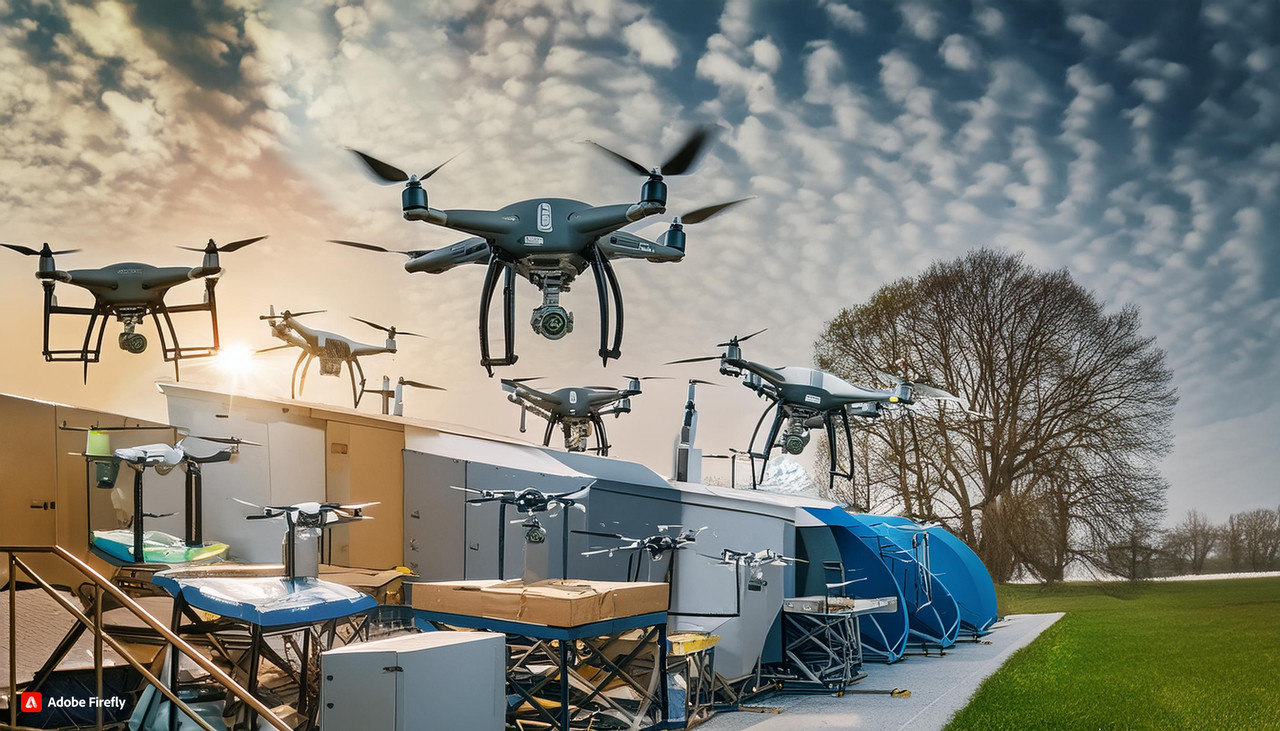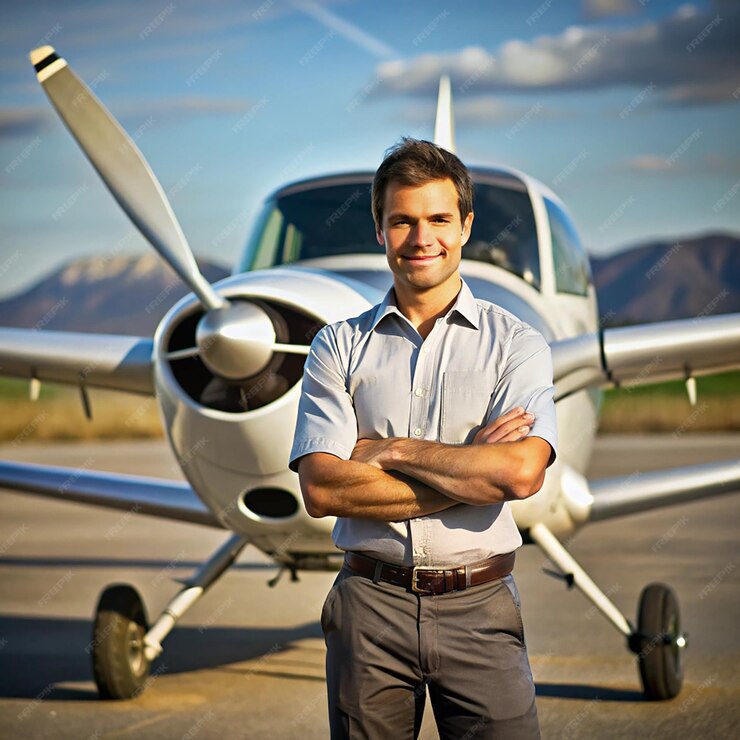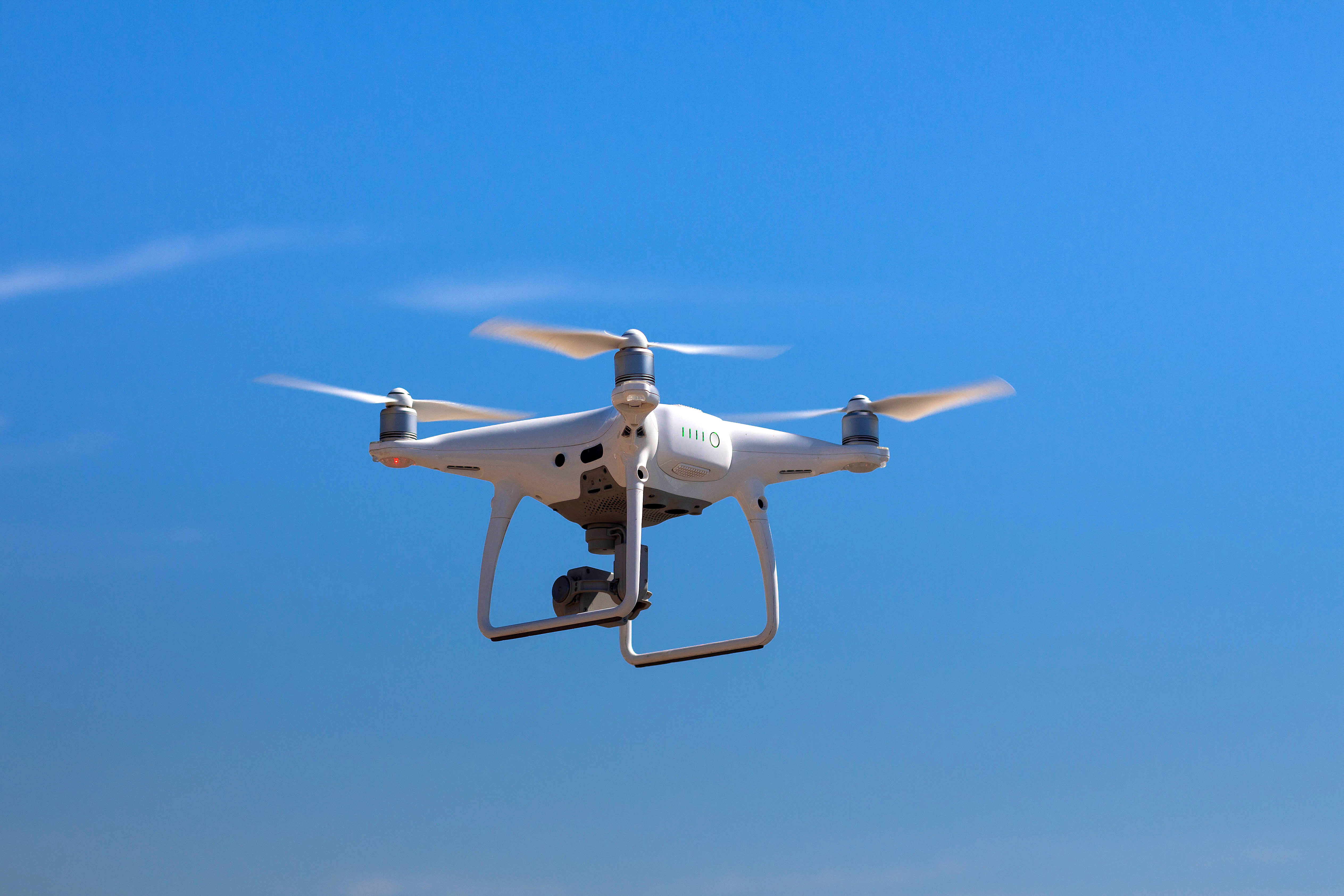
Exploring the DJI Drone Cameras
Drones have certainly changed the way of capturing images and videos; The DJI drone camera is a top player in the industry of drone cameras. With advanced technology and design, DJI has made a name for itself in aerial photography and videography.
What is a DJI Drone Camera?
The DJI drone camera is a pioneering device for capturing stunning aerial images. DJI is a market leader offering several models suitable for different purposes, from casual use to filmmaking. DJI drones are special because of their excellent camera quality, intelligent flight modes, and cutting-edge stabilization features.

Types of DJI Drones
- DJI Air 3: This version has a 46-minute battery life and two cameras, which provide more exciting shots than its predecessor. It can also avoid obstacles, as it has side sensing. These new sensing capabilities allow the ActiveTrack feature to direct the drone to autonomously follow and film a subject while avoiding obstacles.
- It can hold its position, even in moderate winds, so you can lay emphasis on your cinematography. And it can go anywhere: Measuring 8 by 3.5 by 3.25 inches folded and weighing 1.5 pounds, the DJI Air 3 fits well in most backpacks.
- DJI Mavic 3 Pro: It has many of the Air 3's features. It has a Hasselblad-branded 24mm- wide-angle lens with a Four Thirds sensor and 2 telephoto lenses: a 70mm-corresponding with a 1/1.3-inch sensor and a 166mm-equivalent with a 1/2-inch sensor.
- It can capture more detail in various lighting conditions. Consequently, it produces better images and also gives editing software more data to work with to advance the images even further. This DJI Mavic 3 Pro can capture detailed still images and video at up to 5.1K resolution and looks more colour-accurate than footage. It has a 43-minute battery life.
- DJI Mini 3: This is a fantastic choice for personal photography. It offers a 4K camera, a 38-minute battery life, and weighs under 250 grams. This model has features such as image and flight stabilization, controller, and intelligent flight modes, in which the drone flies itself to capture cinematic shots.
- DJI Avata 2: This puts the FPV format inside an accessible and relatively practical package. It has a 1/1.3-inch sensor for shooting 4K footage at 100 frames per second, motors that can drive it up to 27 meters per second, and a plastic shell that can handle impacts when you run it into a wall or a tree.
- FPV Remote Controller 3: A new, smaller version of the motion controller launched with the original DJI FPV drone. This advanced controller makes flying more spontaneous for new pilots, but if you want a more aggressive manual control mode, you should also have DJI’s FPV Remote Controller 3.

Key Features of the DJI Drone Camera
- Impeccable Camera Quality: The DJI drone camera can capture striking images. Most drones have high-res sensors, allowing 4K recording and stunning photos.
- Stabilization Technology: DJI has cutting-edge gimbal technology, which promises stable footage, also in windy conditions. This stabilization is vital for producing professional-quality videos.
- Intelligent Flight Modes: These cameras have several intelligent flight modes that improve the user experience. These include:
- ActiveTrack: This mode enables the camera to chase and capture subjects automatically.
- Waypoints: This mode allows users to set precise paths for the drone to follow.
- Circle Mode: In this mode, the drone can circle around a subject, generating dynamic shots.
- User-Friendly Controls: DJI drones are pretty user-friendly. The associated app offers an intuitive interface, making it easy to operate the drone and regulate camera settings.


Advantages of DJI Drone Cameras
Superior Aerial Photography:
The DJI drone camera produces fine images. Shooting in RAW format offers greater flexibility during post-processing, making it an outstanding choice for professional work.
Adaptability:
The DJI drone camera adaptability is unequalled. It can capture unique perspectives in property photography and wedding videos, as well as in construction, agriculture, and environmental monitoring.
Portability:
These drone cameras are compact and lightweight, so you can transport your drone to various locations, making it a textbook for travel.
Applications of the DJI Drone Camera
Aerial Photography and Videography
Aerial photography and videography are the common uses of drones. Drones allow the capture of magnificent sceneries and dynamic shots that are impossible to get from the ground.
Surveying and Mapping
These camera drones are used for surveying and mapping. Their high-res imagery and precise data collection capabilities make them irreplaceable for these industries.
Rescue Operations
These drones can also be useful for emergency services. Their aerial perspective can assist in search and rescue operations, offering real-time data that can save lives.

Summing Up the Scene
The DJI drone camera is good at creating stunning visuals or gathering data. As technology evolves, DJI is the frontrunner. Investing in a DJI drone camera can help people in aerial photography and videography. Its innovative features work well for professionals and enthusiasts. This will improve your work, whether for personal or commercial use. First, you have to be familiar with drone operations to operate a drone camera, and for that, you can always enrol at Flapone Aviation, a pioneer in providing drone and aviation training.
Related Blog
Latest updates and insights from Flapone Aviation.

What Types of Drones Are Present in the Market?
October 8, 2024

How to Become a Pilot After 12th in India?
February 7, 2025

What are the Basics of Drone Piloting?
February 7, 2025



